Archives
- 2025-12
- 2025-11
- 2025-10
- 2025-09
- 2025-03
- 2025-02
- 2025-01
- 2024-12
- 2024-11
- 2024-10
- 2024-09
- 2024-08
- 2024-07
- 2024-06
- 2024-05
- 2024-04
- 2024-03
- 2024-02
- 2024-01
- 2023-12
- 2023-11
- 2023-10
- 2023-09
- 2023-08
- 2023-06
- 2023-05
- 2023-04
- 2023-03
- 2023-02
- 2023-01
- 2022-12
- 2022-11
- 2022-10
- 2022-09
- 2022-08
- 2022-07
- 2022-06
- 2022-05
- 2022-04
- 2022-03
- 2022-02
- 2022-01
- 2021-12
- 2021-11
- 2021-10
- 2021-09
- 2021-08
- 2021-07
- 2021-06
- 2021-05
- 2021-04
- 2021-03
- 2021-02
- 2021-01
- 2020-12
- 2020-11
- 2020-10
- 2020-09
- 2020-08
- 2020-07
- 2020-06
- 2020-05
- 2020-04
- 2020-03
- 2020-02
- 2020-01
- 2019-12
- 2019-11
- 2019-10
- 2019-09
- 2019-08
- 2019-07
- 2019-06
- 2019-05
- 2019-04
- 2018-11
- 2018-10
- 2018-07
-
Starting from the hypothesis that the linker portion
2022-07-14
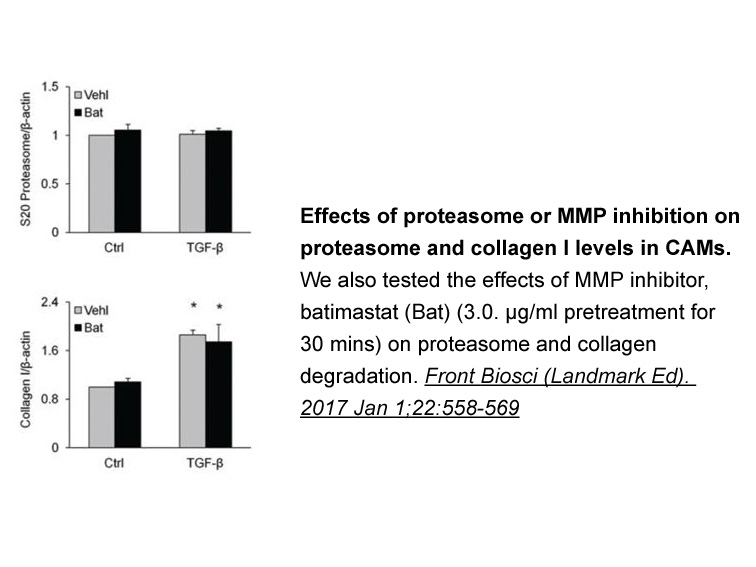
Starting from the hypothesis that the linker portion of the inhibitor molecules does not necessarily require the presence of an alcohol/ether or a carbonyl group, the same research group performed another scaffold hopping analysis, obtaining 1500 new compounds as potentially active HO-1 inhibitors [
-
br Experimental br Acknowledgment br Introduction Hepatitis
2022-07-13
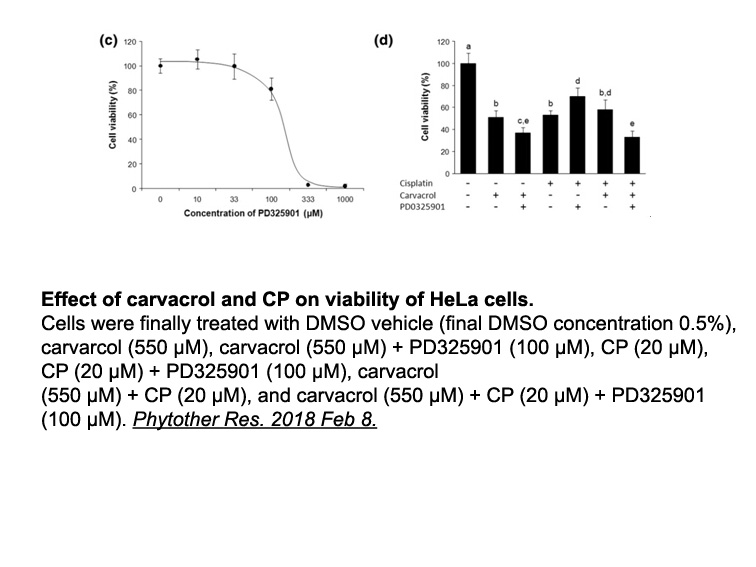
Experimental Acknowledgment Introduction Hepatitis C virus (HCV) belongs to Flaviviridae, is a blood-borne pathogen which infects about 180 million individuals throughout the world; most of the cases lead to end stage liver diseases, fibrosis, cirrhosis and hepatocellular carcinoma (Choo et
-
We also noticed that acetic acid by
2022-07-13

We also noticed that acetic acid by itself (used to induce pain) increased spinal cord levels of KYNA (see Fig. 5). The most rational explanation of this finding is based on the possibility that acetic acid and KYNA share the same transport systems and the finding is therefore not surprising. Altho
-
Compound was synthesized starting from cyclopropyl glycine
2022-07-13
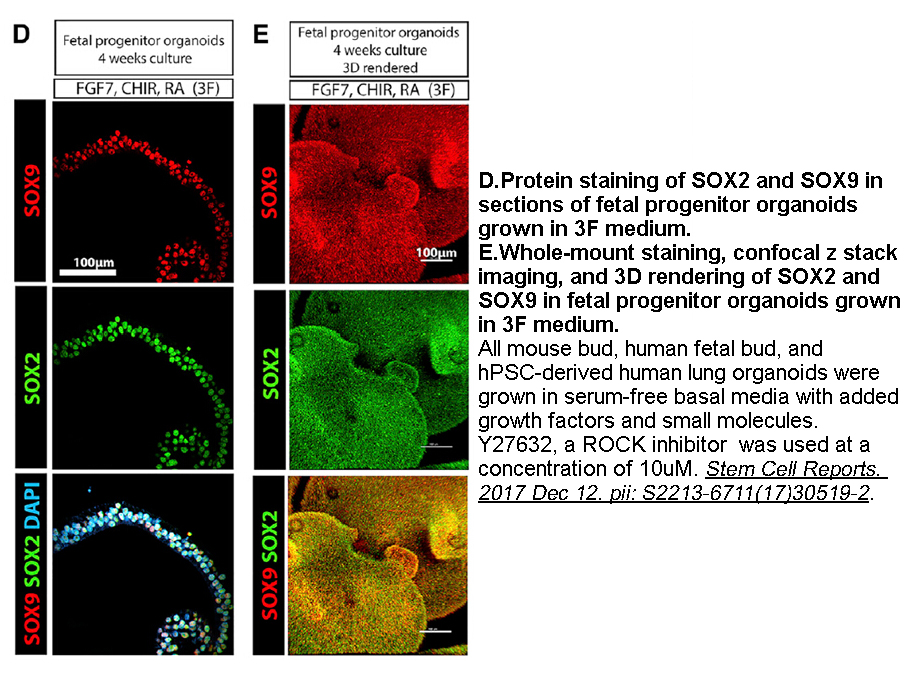
Compound was synthesized starting from α-cyclopropyl glycine (). After protection of the free amine via methyl carbamate and esterification to the methyl ester, the pyrrolidine core was furnished by condensation with methyl acrylate under basic conditions. Double deprotonation of the pyrrolidine fo
-
br MUTYH associated polyposis br MUTYH
2022-07-13
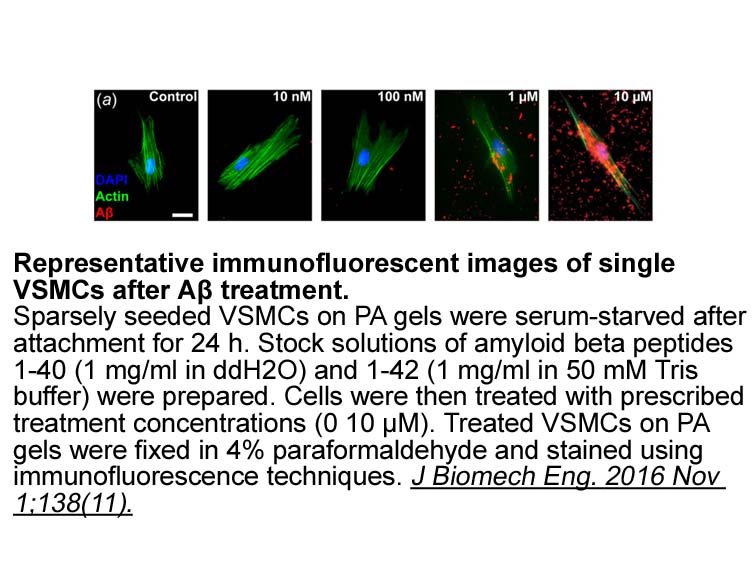
MUTYH-associated polyposis MUTYH and its metal cofactors MUTYH harbors two vital cofactors, both of which are located remotely from the active site (Fig. 6). One of these cofactors, a [4Fe-4S]2+(Fe-S) cluster, is chelated by four Cys residues in the N-terminal domain, and positions an Fe-S clu
-
Reparixin br Inclusion exclusion criteria br
2022-07-13
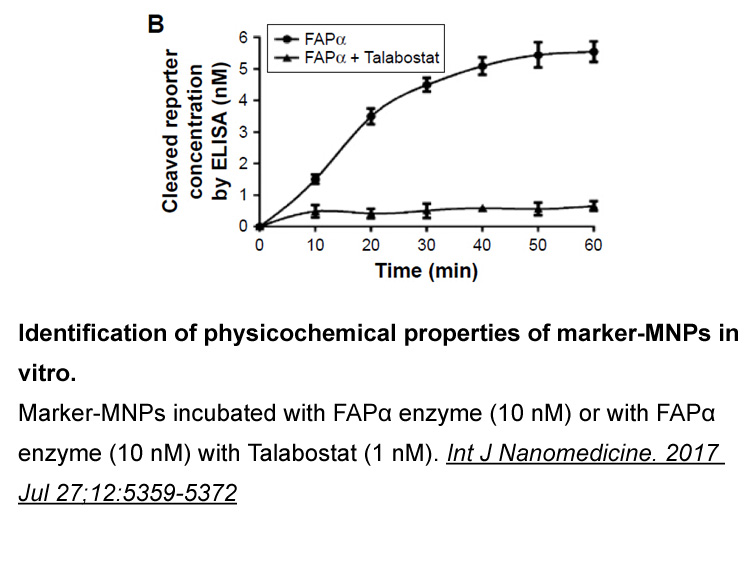
Inclusion/exclusion criteria Quality assessment All studies included in the qualitative synthesis were evaluated using the Quality Assessment Tool for Quantitative Studies (QATQS), which allows to determine their methodological quality. QATQS assesses 8 sections: selection bias, study design,
-
Further explorations at the ortho
2022-07-13
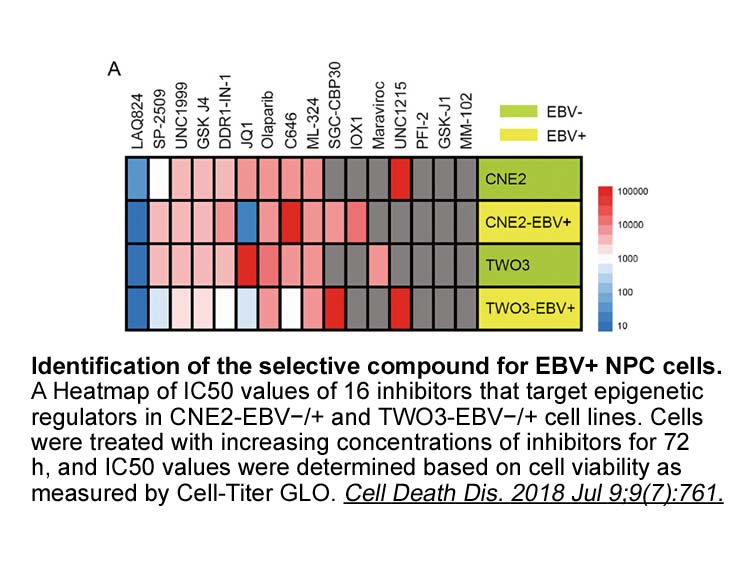
Further explorations at the ortho- and meta-positions of the phenyl in the tail proceeded on the basis of the preliminary results. First, we investigated the fluorine group at the meta- (13p) and ortho-positions (13q) of the phenyl group, with both compounds being slightly less potent than 13o. Surp
-
That MSCs release IL upon
2022-07-13
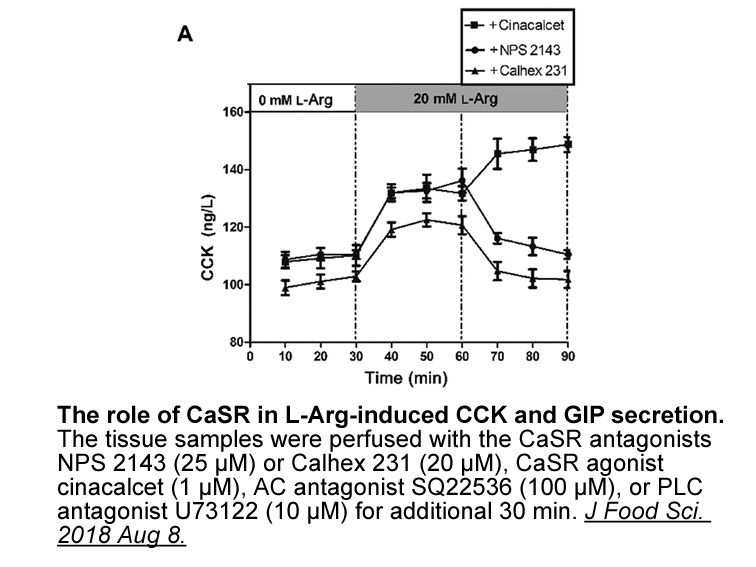
That MSCs release IL-6 upon LPS stimulation or other stressful stimuli like H2O2 [43] is well-documented [44]. However, there are conflicting reports on the potential effects of this cytokine in stroke. Some studies have found that the external administration of IL-6 in ischemic animal models leads
-
The relationship between estrogen and
2022-07-13
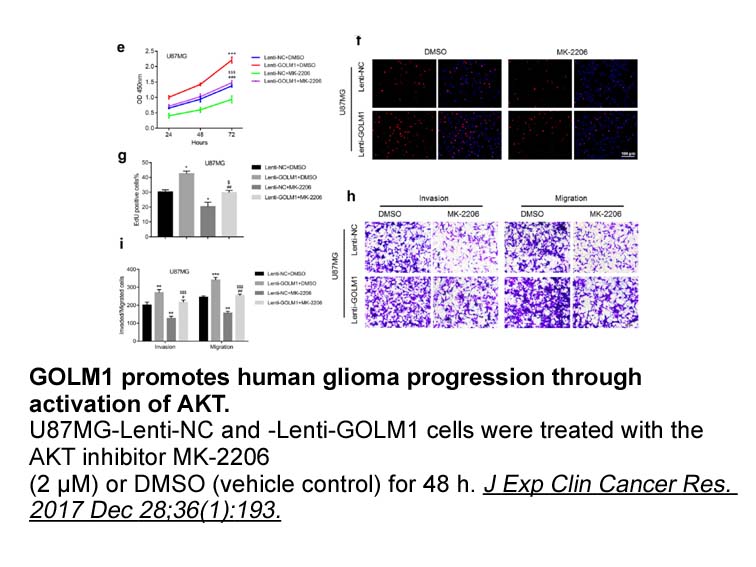
The relationship between estrogen and the Hedgehog pathway as well as the associated mechanism have already been investigated in many tissues, especially in breast cancer (Chang et al., 2012, Katayama et al., 2006, Ramaswamy et al., 2012). Hitherto, even though we have proved that HH-Gli pathway pro
-
Here we examined whether complete ablation of GIP production
2022-07-13
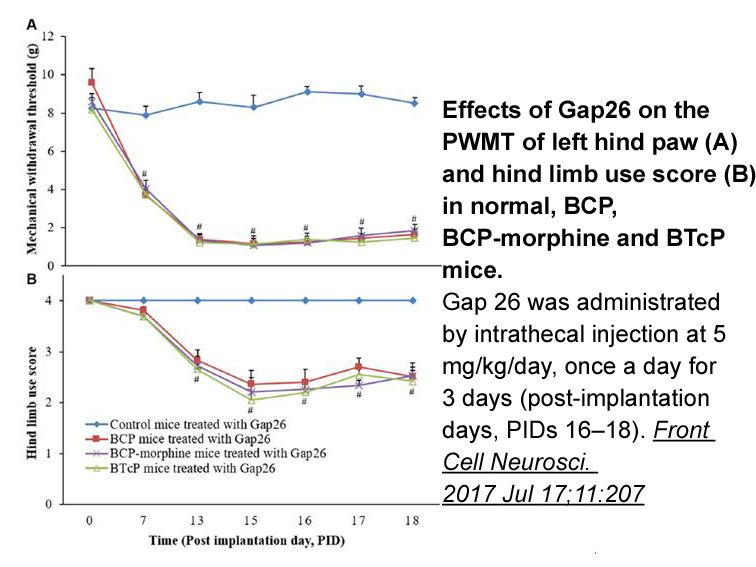
Here, we examined whether complete ablation of GIP production could reduce weight gain in the absence of the adipocyte hormone leptin, a condition that results in extreme hyperphagia, obesity, hyperinsulinemia, and insulin resistance, in both mice [24] and humans [25]. We found that Lepob/ob mice be
-
br Materials and methods br Results br Discussion Our
2022-07-13
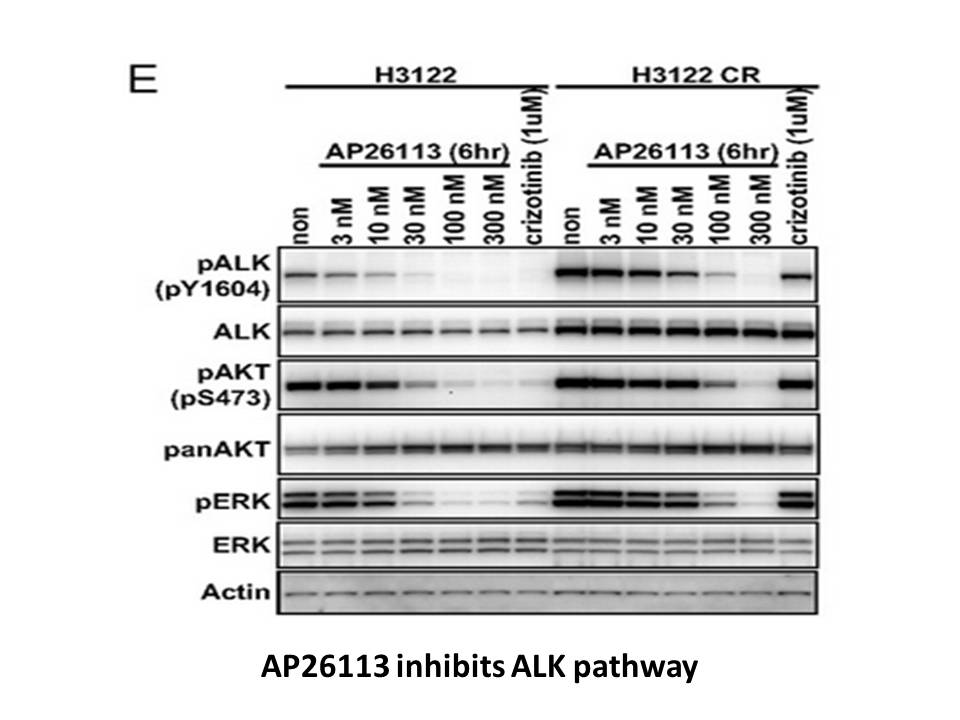
Materials and methods Results Discussion Our study demonstrates that human GIP(3-30)NH2 is a selective GIPR antagonist that inhibits both GIP-mediated cAMP signaling, β-arrestin recruitment, and GIPR internalization. Furthermore, we demonstrate that human GIP(3-30)NH2 binds with high affini
-
The Notch cleavage efficiency of
2022-07-13
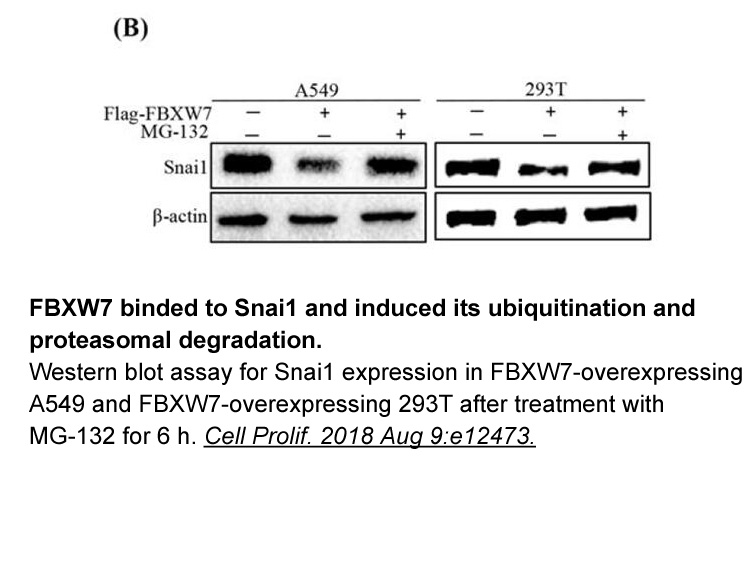
The Notch-cleavage efficiency of Aph1aS containing complexes was lower than that of Aph1aL γ-secretases, especially in combination with PS2, suggesting that Aph1aS is a determinant of low Notch-cleavage specificity, considering that the different subcellular localization of PS1 and PS2 didn't affect
-
Cyclopiazonic acid Introduction Risk factors for colorectal
2022-07-12

Introduction Risk factors for colorectal cancer (CRC) include high-fat diets, sedentary lifestyles, obesity, diabetes, and elevated serum levels of toxic bile acids (BAs) (de Aguiar Vallim et al., 2013, Degirolamo et al., 2011, Downes and Liddle, 2008, Font-Burgada et al., 2016, Kuipers et al., 201
-
br Role of FPRs in regulating the
2022-07-12

Role of FPRs in regulating the inflammatory response Annexin I is a glucocorticoid-regulated protein possessing both pro- and anti-inflammatory activity that might be mediated, in part, by FPR activation [35]. Expressed in a variety of cell types, annexin I is particularly abundant in neutrophils
-
br The signal of ferroptosis ROS generated by extracellular
2022-07-12
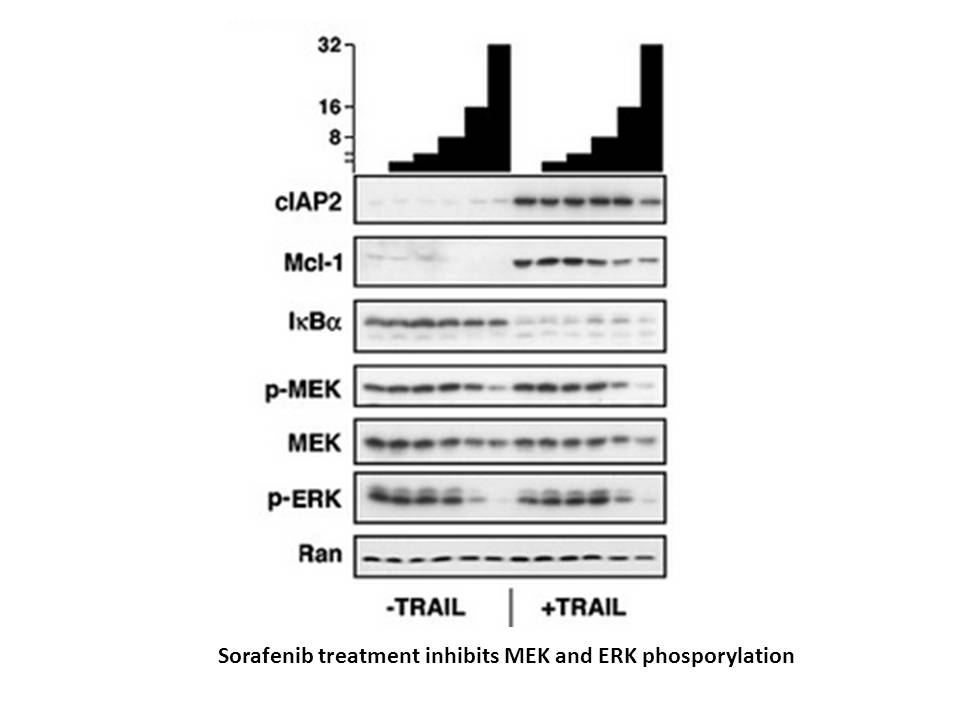
The signal of ferroptosis ROS generated by extracellular or intracellular stimuli play a fundamental role in cell and tissue injury in a variety of disease states [47]. Ferroptosis is generally considered as a type of ROS-dependent regulated necrosis [48]. Intracellular iron accumulation and lipi
15917 records 393/1062 page Previous Next First page 上5页 391392393394395 下5页 Last page